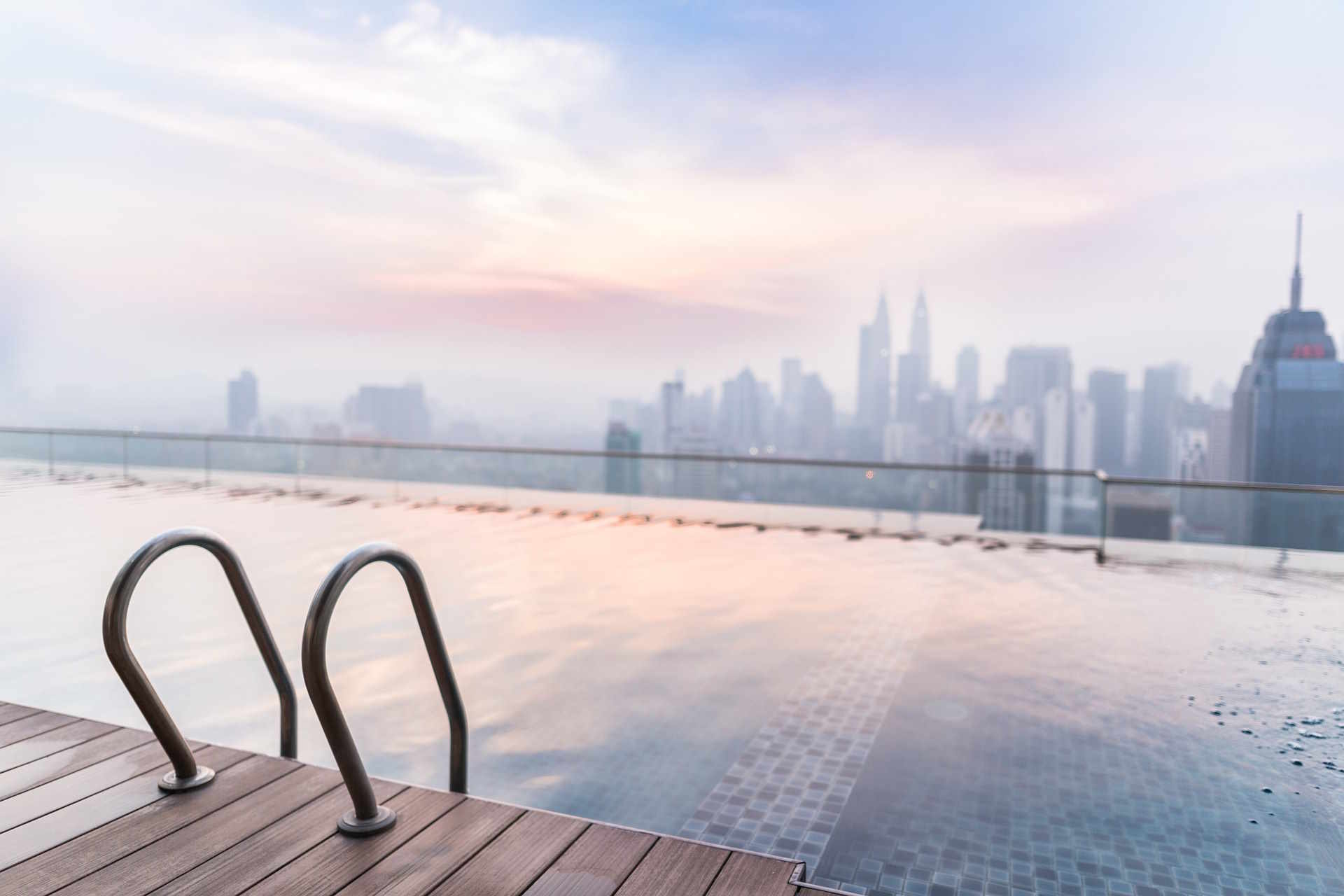Skyscraper Hotels: Reaching New Heights in Luxury Travel
The concept of skyscraper hotels is revolutionizing the hospitality industry, offering travelers a unique blend of luxury, breathtaking views, and cutting-edge design. These towering marvels are redefining skylines across the globe, providing guests with unparalleled experiences that merge opulence with altitude. As the demand for extraordinary accommodations grows, skyscraper hotels are emerging as the pinnacle of urban luxury, catering to discerning travelers seeking both comfort and spectacle.

The 1990s saw a surge in skyscraper hotel development, particularly in Asia and the Middle East. Cities like Dubai, Shanghai, and Hong Kong began competing to host the world’s tallest hotels, driving innovation in design and amenities. This trend has continued into the 21st century, with each new project pushing the boundaries of what’s possible in vertical hospitality.
Architectural Marvels and Engineering Feats
Skyscraper hotels are not just tall buildings; they are marvels of modern engineering. Designers must contend with unique challenges, including wind resistance, elevator efficiency, and structural integrity. The Burj Al Arab in Dubai, often referred to as the world’s first seven-star hotel, stands on an artificial island and boasts a distinctive sail-shaped silhouette that has become an iconic part of the city’s skyline.
In recent years, architects have begun experimenting with twisting designs and cantilevered structures to create even more dramatic silhouettes. The Morpheus Hotel in Macau, designed by Zaha Hadid Architects, features a striking exoskeleton that allows for column-free interiors and panoramic views from every room.
Elevating the Guest Experience
What sets skyscraper hotels apart is their ability to offer experiences that are simply impossible in traditional accommodations. Many feature observation decks or rooftop bars that provide 360-degree views of the surrounding cityscape. The Ritz-Carlton Hong Kong, occupying the top floors of the International Commerce Centre, boasts the world’s highest swimming pool on the 118th floor.
Innovative in-room technologies are also a hallmark of these vertical resorts. Floor-to-ceiling windows often come equipped with smart glass that can adjust opacity for privacy, while tablets control everything from room temperature to curtain operations. Some hotels, like the Shangri-La at The Shard in London, offer in-room telescopes for stargazing and city viewing.
The Economics of Altitude
The development of skyscraper hotels is not just about prestige; it’s also a shrewd business decision in many urban centers. In cities where land is at a premium, building vertically allows hoteliers to maximize their return on investment. By offering more rooms and amenities within a smaller footprint, these properties can generate significant revenue while providing guests with unparalleled views and experiences.
However, the costs associated with constructing and maintaining skyscraper hotels are substantial. Advanced elevator systems, reinforced structures, and high-end safety features all contribute to hefty price tags. As a result, these properties often cater to the luxury market, with room rates reflecting the exclusivity of the experience.
Sustainability Challenges and Innovations
As the hospitality industry faces increasing pressure to reduce its environmental impact, skyscraper hotels are at the forefront of sustainability innovation. Many new projects incorporate green technologies such as solar panels, wind turbines, and advanced waste management systems. The Parkroyal on Pickering in Singapore, for example, features extensive sky gardens that help to reduce the building’s carbon footprint and provide natural cooling.
Energy efficiency is a particular concern for these towering structures. Designers are implementing smart building management systems that optimize heating, cooling, and lighting based on occupancy and time of day. Some hotels are even experimenting with facade designs that generate energy or improve insulation, further reducing their environmental impact.
Skyscraper Stay Essentials
-
Book rooms on higher floors for the best views and least noise
-
Check for vertigo-friendly options if you’re uncomfortable with heights
-
Look for hotels with observation decks or rooftop amenities for panoramic experiences
-
Consider the location carefully, as some skyscraper hotels may be isolated from city centers
-
Be prepared for potential wait times for elevators during peak hours
-
Pack comfortable shoes, as these hotels often require more walking than traditional accommodations
The Future of Vertical Luxury
As urban populations continue to grow and land becomes increasingly scarce, skyscraper hotels are poised to play an even more significant role in the future of hospitality. Innovations in materials science and construction techniques are enabling ever-taller and more ambitious projects. From underwater rooms to space-facing suites, the next generation of skyscraper hotels promises to push the boundaries of what’s possible in luxury accommodations.
These vertical resorts are not just changing the way we travel; they’re reshaping our cities and redefining our relationship with urban spaces. As they continue to evolve, skyscraper hotels will undoubtedly remain at the forefront of the luxury travel experience, offering guests the chance to sleep among the clouds and wake up to a world of possibilities.





